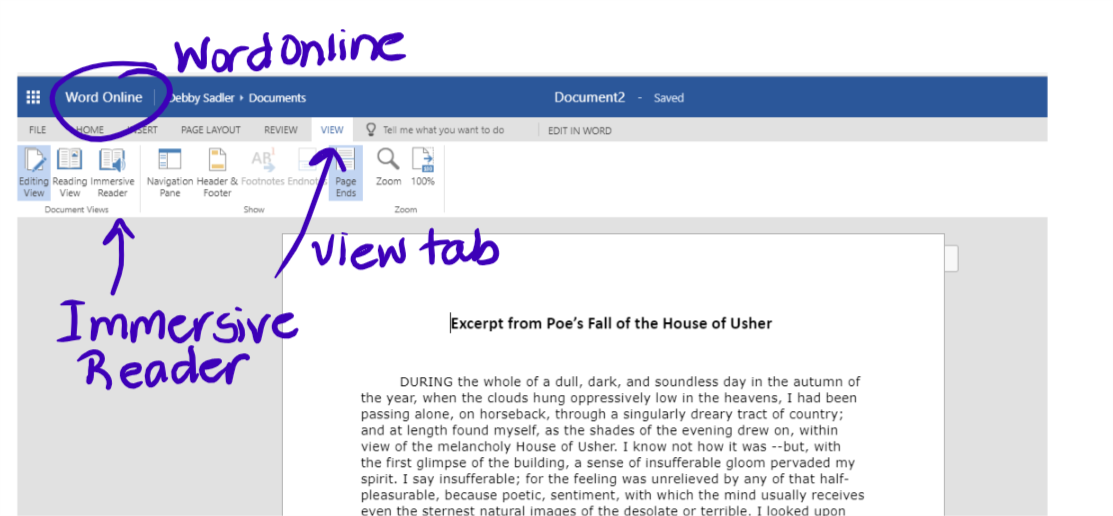
Here’s a short introduction video on Microsoft Edge’s Read Aloud: How to make the web more accessible with Immersive Reader in Microsoft Edge! Advantages 1. For more please see How I Use Reader View to Enjoy Microsoft Edge’s Read Aloud in Linux Update: I use the browser addon reader-view, which offers free Microsoft AI-voices but with a much better interface, customization and controls. The price represents a one-time purchase for a TTS voice.įor a more detailed Balabolka description, please see Incremental Reading + Text-To-Speech (TTS) = 2x Concentration and Engagement II. This is not possible for Edge because it offers a very limited control. I’ve also made a vim-like ahk script to control the interface. Without at least a decent TTS voice, I’d not consider doing bimodal reading at all.īalabolka earned four stars for control is because Balabolka offers amazing customizability: shortcuts to control speed, pitch, “skip to previous or next sentence” etc. The free SAPI5 voices that come with Windows are absolutely horrendous and thus, unusable. The one star in Balabolka represents a paid TTS voice like Price: Audible > Generic audiobook > Balabolka > Microsoft Edge I. Visual: Balabolka > Audible > Microsoft Edge > Generic audiobook Voice: Audible > Generic audiobook > Microsoft Edge > BalabolkaĬontrol: Balabolka > Audible > Microsoft Edge > Generic audiobook Collectively, these studies suggest that individuals remember more of what is presented when information is delivered bimodally.

Since then, others have shown that short-term retention is improved when an item (e.g., word or digit string) is presented to visual and auditory channels simultaneously. Penney (1989) showed evidence of a bimodal memory advantage compared to recall of information in single-mode presentations.

Nhanced recall due to bimodal redundancy has been documented in various research paradigms. That is, subjects typically respond more accurately or quickly to redundant bimodal stimuli than to unimodal stimulus presentations. The RSE has shown to be a rather robust phenomenon in work with more complex stimuli, such as letters and words. Kinchla (1974) referred to this effect as the redundant signals effect (RSE).

By measuring participants' reaction time for a decision regarding the presented stimuli, researchers have commonly found a facilitative effect of the bimodal condition when stimuli presented to each sensory channel were the same or functionally related. Various studies have investigated individuals' task performance when they were given auditory, visual, or bimodal stimuli.


 0 kommentar(er)
0 kommentar(er)
